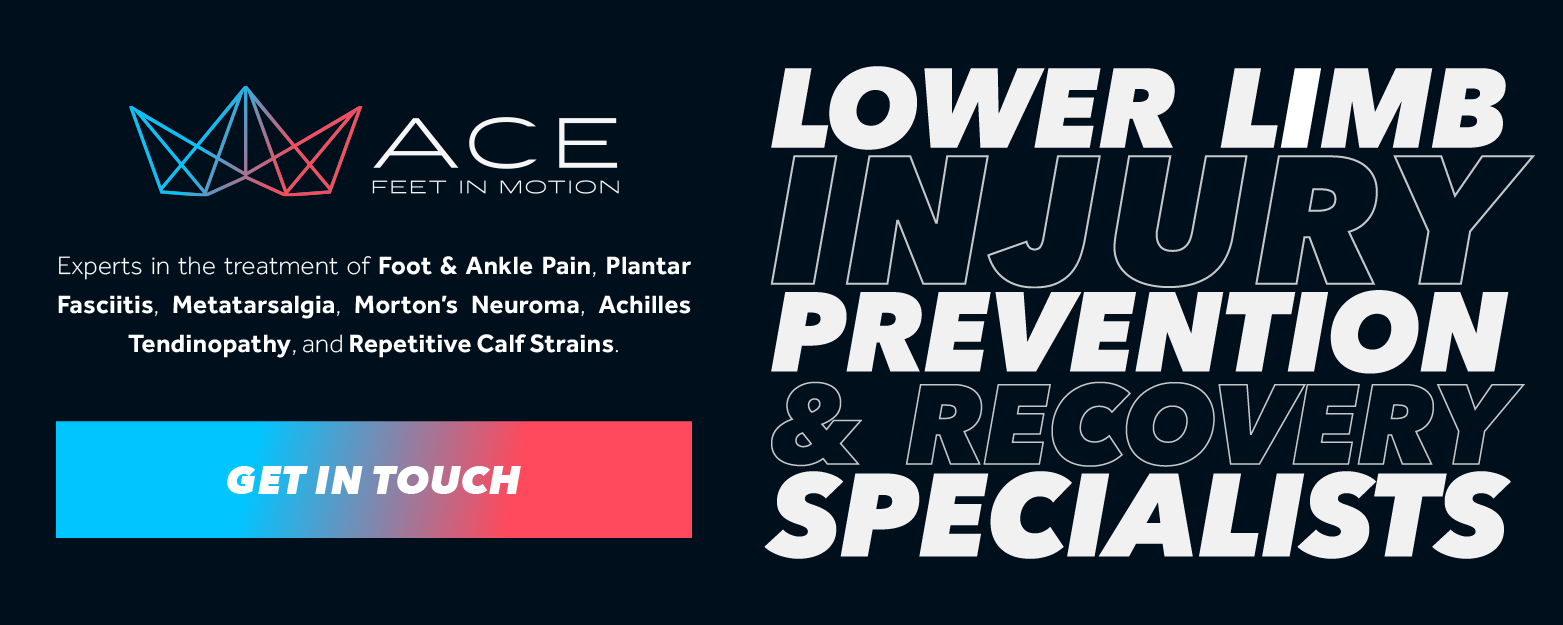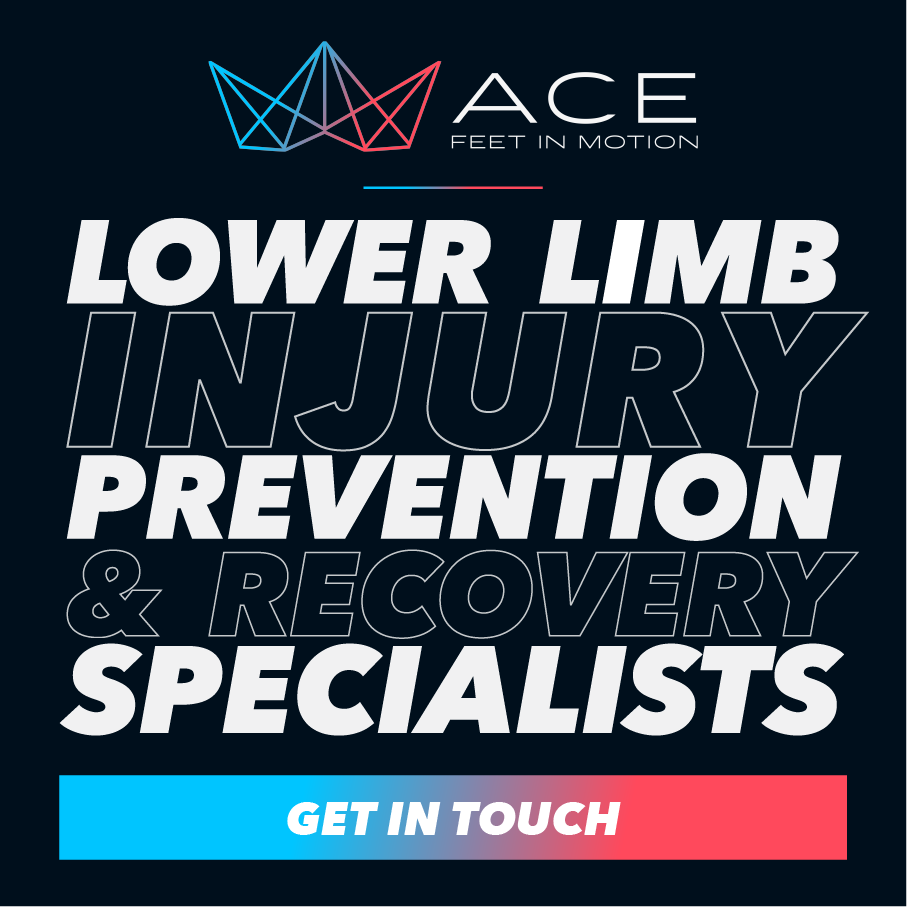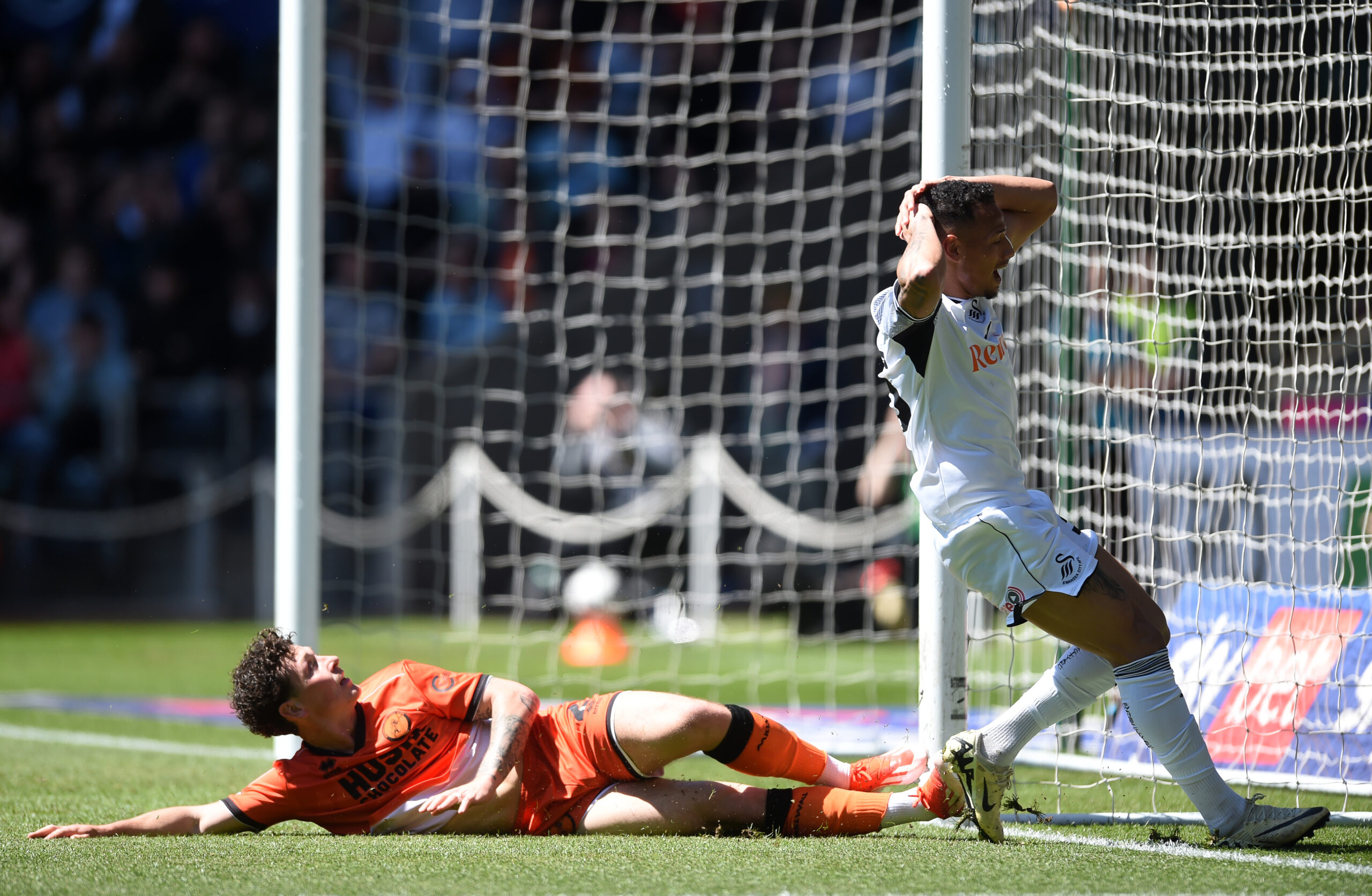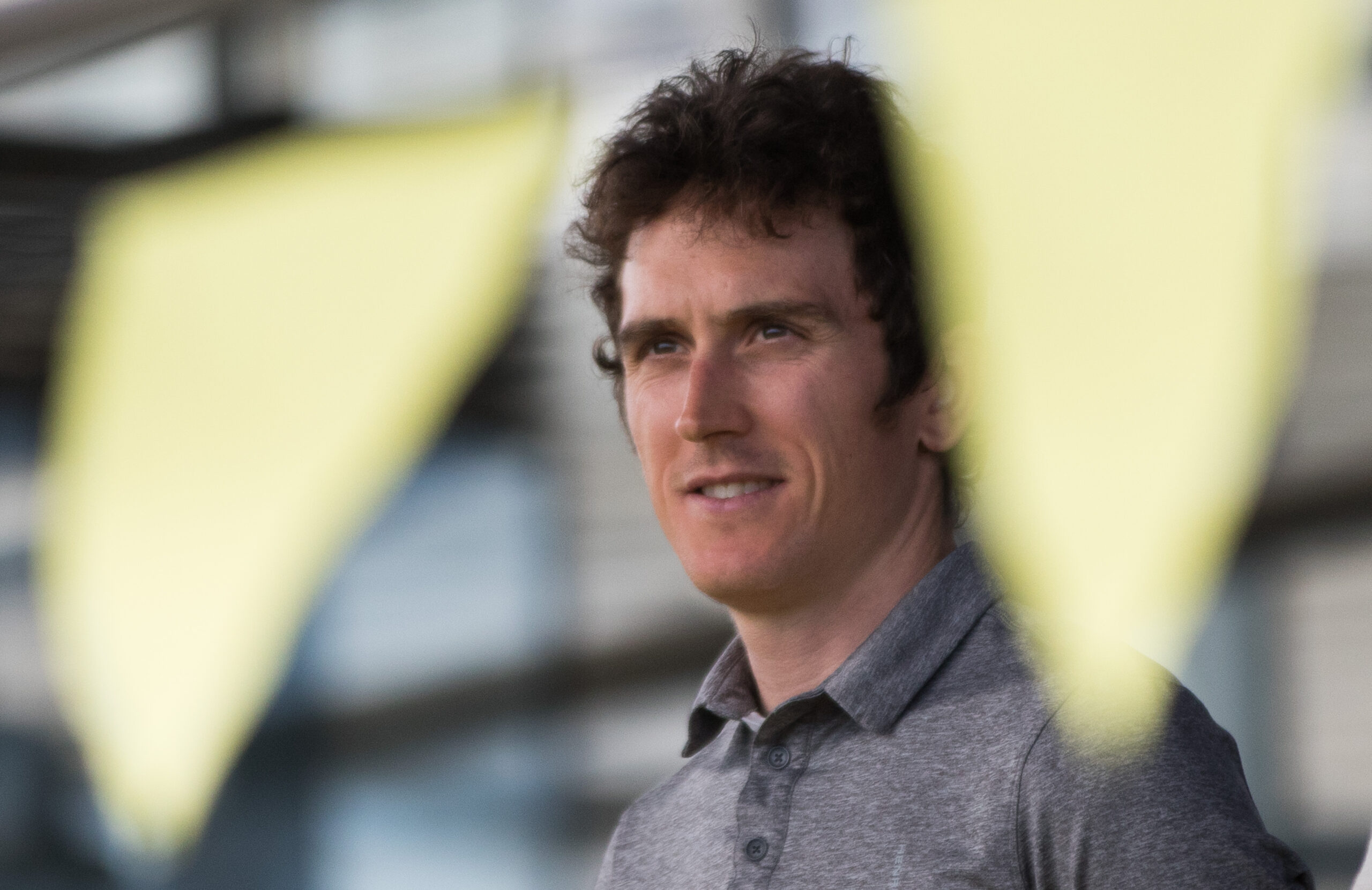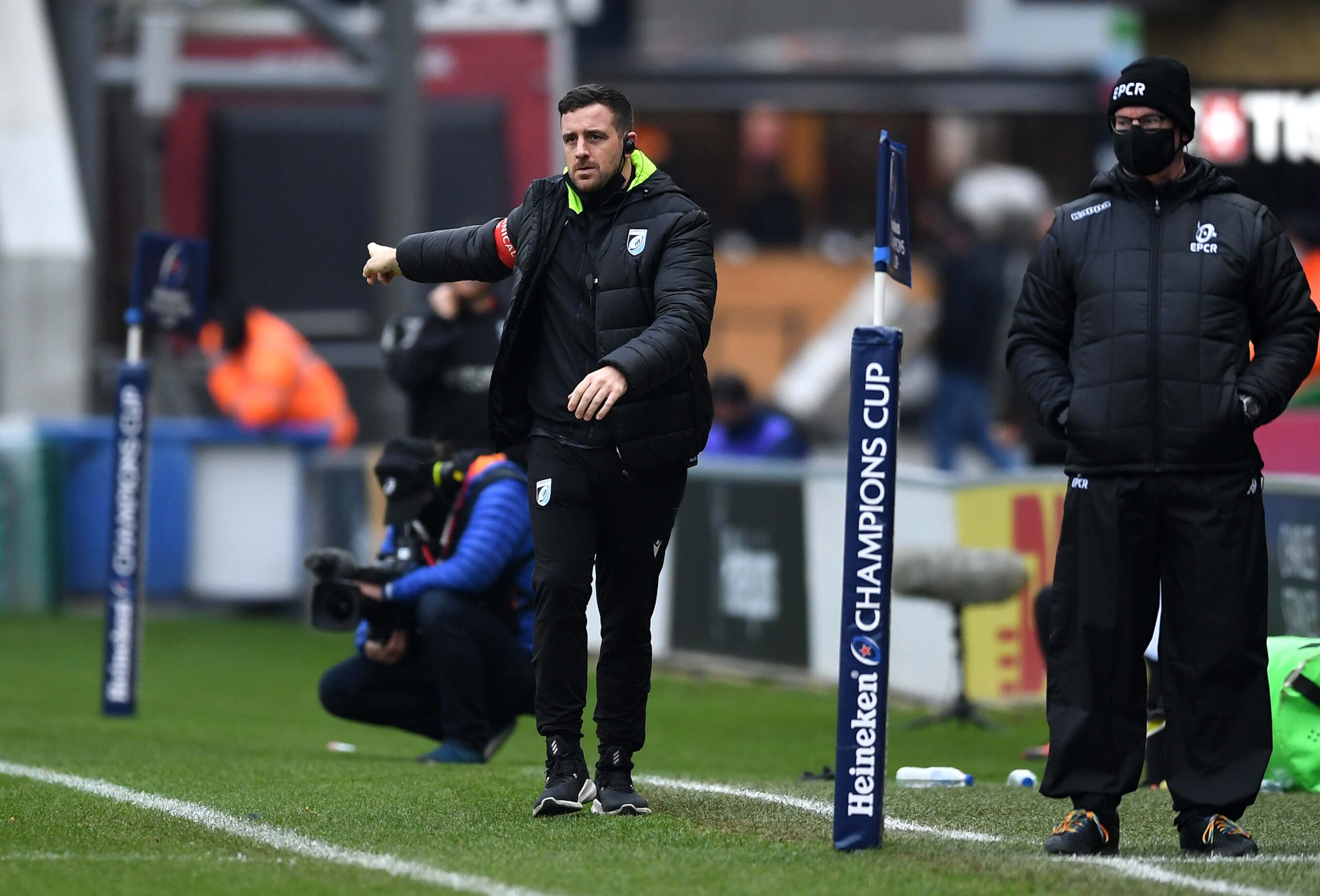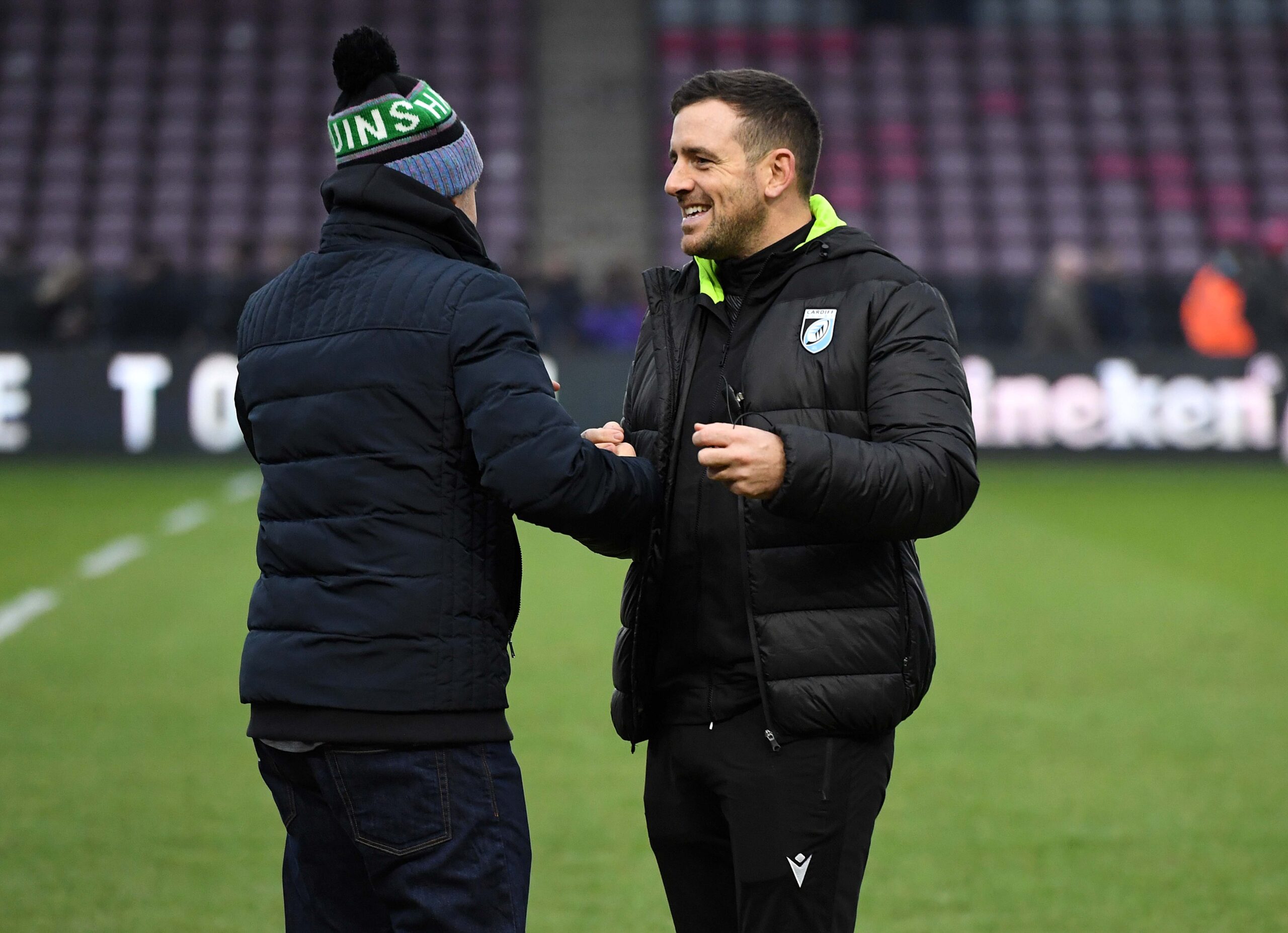Ask The Healthcare Professionals Tom & Chris
TOM AND CHRIS PROVIDE SPECIALIST INSIGHTS AND OFFER ADVICE TO SPORTIN WALES READERS
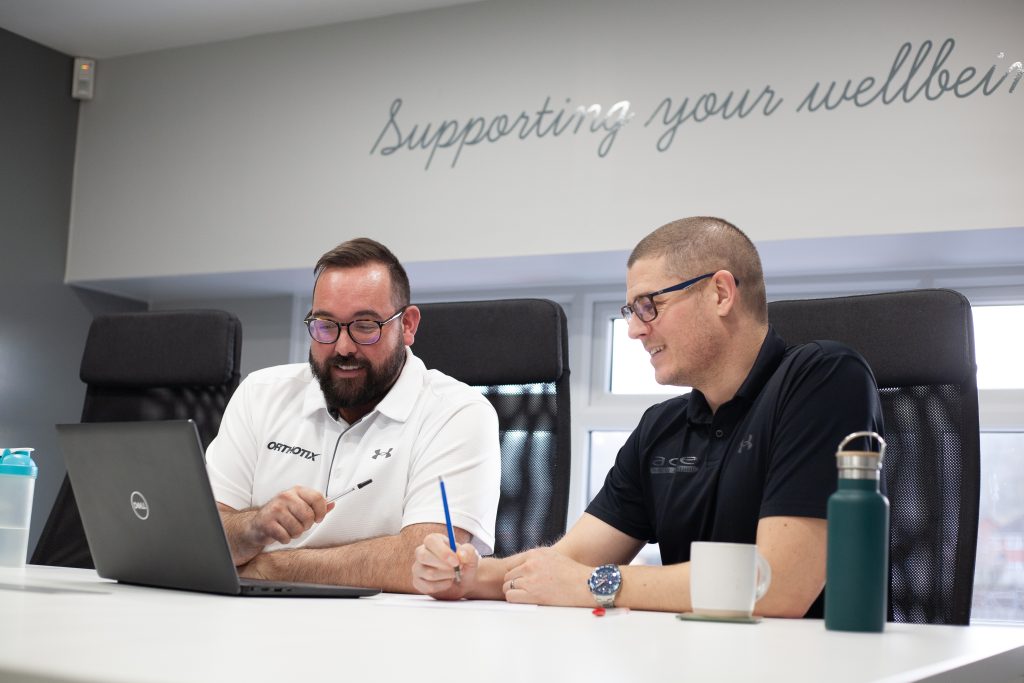 THIS MONTHS QUESTIONS FROM OUR READERS:
THIS MONTHS QUESTIONS FROM OUR READERS:
What type of rugby boots should I wear on astroturf/synthetic pitches?
Tom: With pitch surfaces changing and the introduction of synthetic pitches for training as well as games we have to consider the footwear that we are wearing to train and play. Traditional soft-ground football/rugby boots usually have 6 or 8 larger studs to give grip, however, on synthetic pitches these boots will give too much grip and can potentially lead to increased injury risk. Many players will opt for moulded or firm-ground boots for synthetic pitches, however big brands have now released a range of hybrid boots that are designed to perform very well on firm ground and synthetic pitches. So, my advice here is to stick with traditional boots for muddy grass pitches and go for hybrid boots when playing on firm-ground and synthetic pitches. For the old school sand based astroturf I would consider an Astro turf boot, which is more like a trainer with lots of tiny studs to give you grip and increased cushioning.
I think I have a Verruca on my foot. How can I get rid of it?
Tom: Verrucae are very common amongst children and adults. They have a slight cauliflower look about them and often have little black dots with in them. Sometimes people can often confuse Verrucae for hard corns, which are much smoother in appearance. As always, if concerned about anything on your foot you should visit a HCPC registered podiatrist. A verruca is part of the wart family and are caused by infection of the human papillomavirus (HPV), they are often harmless but can be uncomfortable. They are often transmitted in warm, damp environments e.g., showers, swimming pools. Verrucae sits between the layers of the skin and are often undetectable by the body’s immune systems.
So, how can we get rid of them? There are many off the shelf treatments available, however, you need to remove a thick layer of hard skin for these treatments to be effective. Our favoured method of treatment for Verrucae is Swift, which is the latest, best evidence-based treatment for this condition.
Swift treatments are available from The Healthcare Hub in Whitchurch Cardiff. For more info visit: www.healthcare-hub.co.uk
I have injured my shoulder lifting in a lineout playing rugby and its causing pain and feels unstable. Is there a brace you could recommend for rugby?
Chris: Over half of rugby players report shoulder dysfunction, with more than 25% of all rugby injuries coming from the shoulder. Due to the joint being a ball and socket and being held together by a series of complex soft tissues, it is most unstable when the arm is above shoulder height and when forced backwards. This movement is typical when lifting in lineouts where the jumper comes backwards over the lifter. Taping is usually the best for stabilising the joint, however, this is physician dependant, time consuming and costly. Therefore, consider a washable tight compression support. These are fabric based, so are still suitable for training and playing. They are designed to help pull the arm up into the joint to improve joint stability, help reduce tissue strain by taking the weight of arm from the shoulder and do this without restricting movement. Orthotix have different compression shoulder supports which are suitable for rugby and many other sporting activities. These can be found at www.orthotix.co.uk
I have had an increase in forearm pain whilst playing golf. What could be the reason for this?
Chris: Common discomforts that occur in the forearm can be due to overuse of the connective tissues. When your hand grips something forcefully and repetitively, the forearm muscles contract and the fibres tighten. When we include this with rotation and flexion of the arm and wrist, the connective tissues take further load and stress, and become aggravated. This can cause pain, swelling and joint stiffness. The condition is called Epicondylitis, AKA Golfers Elbow or Tennis Elbow. It manifests on either the inside or outside of the elbow where the forearm muscles connect to the elbow joint. Bracing the elbow with a strap can help with discomforts by anchoring the tendons insertional points down. This alleviates stress and tensile forces passing through the soft tissues. This in turn reduces pains and discomforts. The type of support which can help with these conditions is called an Epicondylitis support or Epiclasp. These can be found at www.orthotix.co.uk




